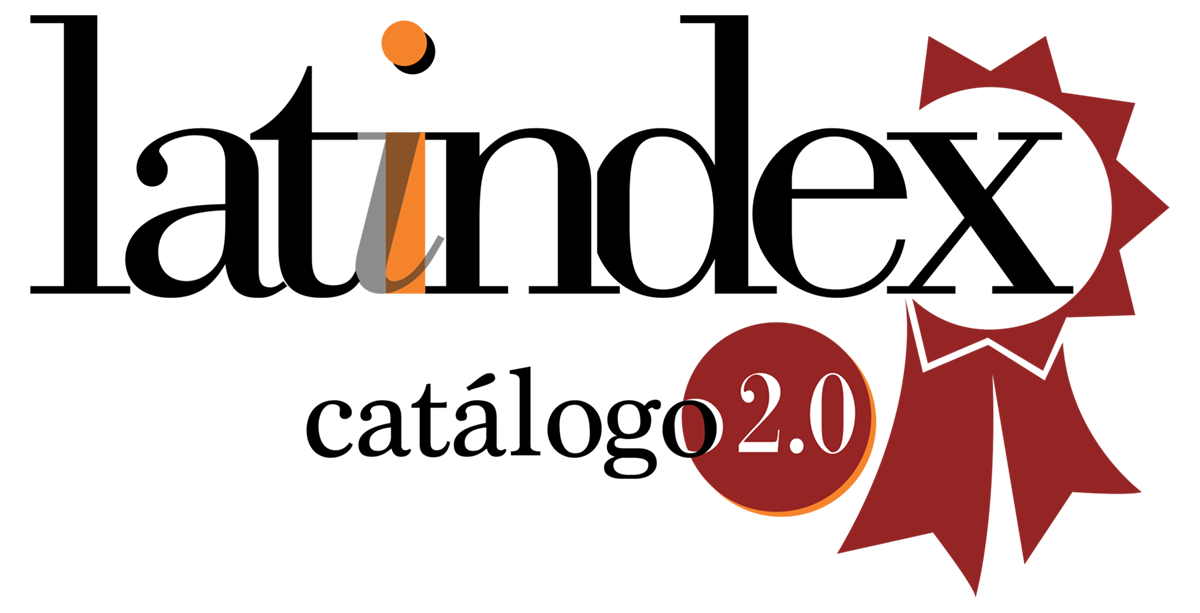Validation of a Vocational Orientation Test for the Francisco Morazán National Pedagogical University of Honduras
Keywords:
vocational guidance, classical test theory, item response theory, reliability, exploratory factor analysis, confirmatory factor analysisAbstract
The objective of this work is to validate a test for vocational guidance prepared by the Francisco Morazán National Pedagogical University of Honduras to help those who aspire to enter said university in their choice of a career. The original test consists of 160 Likert-style items, which make it possible to measure vocation in 16 of the careers offered by the university. An exploratory factor analysis was performed using the Factor 10 program, using the polychoric correlation matrix for the analysis, the weighted least squares method as the factor extraction method and Promin as the rotation method, and eight factors were identified (GFI = 0.99 and RMRS = 0.029). Subsequently, an analysis of the items was carried out in the context of the classical test theory, using SPSS 23, and the item response theory, using IRTPro 4, for each of the subscales (or factors); revealing problems of local dependency and low discrimination for some items. Subsequently, taking into account the previous results, the number of items per scale was reduced and a confirmatory factor analysis was carried out using MPlus 7 using the polychoric correlation matrix, for the analysis, and the least squares method weighted with mean and adjusted variance, which revealed that the test of 8 subscales (39 items) is adequate (RMSEA = 0.046; CFI = 0.971; TLI = 0.969) and provides information about the vocation of the applicants; however, the fit indices suggest the need for improvements.
References
Baglin, J. (2014). Improving Your Exploratory Factor Analysis for Ordinal Data: A Demonstration Using FACTOR, Practical Assessment, Research & Evaluation, vol. 19, no. 5, pp. 1-14.
Baker, F. (2001). The basics of item response theory. Recuperado de http:// files.eric.ed.gov/fulltext/ED458219.pdf
Bentler, P. (2005). EQS 6 Structural equations program manual. Encino, CA: Multivariate Software.
Bohoslavzky, R. (1978). Orientación vocacional: la estrategia clínica. Nueva Vision.
Chen, W.H. y Thissen, D. (1997). Local dependence indices for item pairs using item response theory. Journal of Educational and Behavioral Statistics, 22, 265-289.
Conyers, A. J. (2004). The meaning of Vocation. Christian Reflection, 11-19. https://www.baylor.edu/ifl/christianreflection/VocationarticleConyers.pdf
Di Doménico, C.; Vilanova, A. (2000) Orientación vocacional: origen, evolución y estado actual [En línea]. Orientación y Sociedad, 2, 1-12. http://www.fuentesmemoria.fahce.unlp.edu.ar/art_revistas/pr.2964/pr.2964.pdf
Fuentes Navarro, M. (2010). La orientación profesional para elegir fundamentadamente una ocupación: Propuesta alternativa. Revista Mexicana de Psicología, 27(2), 237-246. https://www.redalyc.org/articulo.oa?id=243016324012
Gregg, C. (2005). Discover “Vocation”: An Essay on the Concept of Vocation. Journal of College and Character, 6(1). https://doi.org/10.2202/1940-1639.1411
Kline, R. (2011). Principles and Practice of Structural Equation Modeling. Third edition.
Lloret, S., Ferreres, A., Hernández, A. y Tomás, I. (2014). El Análisis Factorial Exploratorio de los Ítems: una guía práctica, revisada y actualizada. Anales de Psicología, 30(3), 1151-1169. https://dx.doi.org/10.6018/analesps.30.3.199361
Lorenzo-Seva, U. (2003). A factor simplicity index. Psychometrika, 68, 49-60.
Lorenzo-Seva, U., & Ferrando, P. J. (2006). FACTOR: A computer program to fit the exploratory factor analysis model. Behavior Research Methods, 38(1), 88-91. Retrieved from https://search-proquest-com.ezproxy.uned.es/docview/204305576?accountid=14609
Luviano, V. (1979). La orientación vocacional como un modelo de cambio dentro del sistema educativo. Extracto de la ponencia presentada en el I Congreso Nacional de Orientación Vocacional en Educación Media Superior. Oaxtepec, Morelos, diciembre de 1979. http://publicaciones.anuies.mx/pdfs/revista/Revista36_S1A2ES.pdf
Martínez Vicente, J., y Valls Fernández, F. (2006). La elección vocacional y la planificación de la carrera. Adaptación española del Self-Directed Search (SDS-R) de Holland. Psicothema, 18(1), 117-122. https://www.redalyc.org/articulo.oa?id=72718118
Martínez, M., Hernández, M. y Hernández, M. (2006). Psicometría. Alianza Editorial. Madrid.
Mavrou, I. (2015). Análisis factorial exploratorio: cuestiones conceptuales y metodológicas. Revista Nebrija, No. 19. Recuperado de https://www.nebrija.com/revista-linguistica/analisis-factorial-exploratorio.html
Merino, C. y Fleming J. (2005). Medidas de simplicidad y de ajuste factorial: un enfoque para la evaluación de escalas construidas factorialmente. Revista de Psicología, Vol. 23, Nº. 2, 2005, págs. 249-266.
Oliveros, O., y González, J. (2012). Hacia un nuevo paradigma en orientación vocacional. Paradigma, 33(2), 127-141. Recuperado en 04 de febrero de 2016, de http://www.scielo.org.ve/scielo.php?script=sci_arttext&pid=S1011-22512012000200007&lng=es&tlng=e
Pantoja, C. (1992). En torno al concepto de vocación. Educación y ciencia, 2(6), 17-20. http://www.educacionyciencia.org/index.php/educacionyciencia/article/view/46/pdf
Rascovan, S. (2004). Lo Vocacional: una Revisión Crítica. Revista Brasileira de Orientação Profissional, 5(2), 1-10. http://pepsic.bvsalud.org/pdf/rbop/v5n2/v5n2a02.pdf
Rascovan, S. (2013). Orientación vocacional, las tensiones vigentes. Revista Mexicana de Orientación Educativa. versão impressa. Rev. Mex. Orient. Educ. vol.10 no.25. Recuperado el 18 de febrero de: http://pepsic.bvsalud.org/scielo.php?pid=S1665-75272013000200006&script=sci_arttext&tlng=en
Schumacker, R. & Lomax, R. (2010). A Beginner’s Guide to Structural Equation Modeling. Third Edition.
Toland, M. (2013). Practical guide to conducting an Item Response Theory Analysis. Journal of Early Adolescence, 34(1) 120-151. DOI: 10.1177/0272431613511332.
Downloads
Published
How to Cite
Issue
Section
License
Copyright (c) 2022 Paradigma: Revista de Investigación Educativa

This work is licensed under a Creative Commons Attribution-NonCommercial-NoDerivatives 4.0 International License.







